
Change the Color of Your Hydrangeas after You Plant Them
Change the Color of Your Hydrangeas after You Plant Them
If you’re looking for a way to add some colorful variety to your garden, planting hydrangeas has to be at the top of the list. Hydrangeas are extremely versatile plants and one of the more exciting species around, mostly due to the fact there are a couple varieties you in which can change the bloom color.
Hydrangea leaves will only change color if the blooms start as either pink or blue. Of the 5 native hydrangea varieties in the United States, only bigleaf and panicle produce pink or blue flowers, and Spring Hill offers both.
Here’s some tips on how you can change those colorful blooms.
Changing Colors
One of the best features of these particular hydrangeas is their color—pink or blue—and it’s a feature that’s entirely controllable by you. Pink or blue, it’s up to you—that’s what’s said around the nursery when the subject of changing hydrangea colors comes up.
First, hydrangea bloom color is determined by the pH level of the soil. An acidic soil has a pH level of less than 7, while an alkaline soil has a pH of more than 7. pH level—the measure of how much calcium is in the soil—are important factors in planting because depending on the level, available nutrients will differ. As a rule of thumb, acidic soils tend to populate moist climates, while alkaline tends to populate dry climates.
Pink-colored flowers must be grown in acidic soil without aluminum. A lot of soils contain aluminum, so it’s important to add a fertilizer that contains phosphorus to your soil to help eliminate the metal traces. After you do that, you’ll need to add calcium or limestone (or a combination of both) to the soil as necessary to raise the pH level, but only to the 6.0-6.5 range, as anything higher may result in iron deficiency within the plant.
To change your flowers to blue, add a ½ to 1 cup of aluminum sulfate to the soil at planting time. Keep track of your pH level, because you want to lower it to around 5.5 (it can go as low as 5.2). You can also add things such as grass clippings, coffee grounds and fruit/vegetable peels to help lower pH levels. Fertilizer rich in potassium will also aid in this process.
Changing the color of the blooms on your hydrangea is especially easy to do if you grow them in containers or on the patio. Regardless of the way you choose to do it or wherever you decide to grow them, your hydrangeas are sure to brighten your garden, whether they’re pink or blue.
Have another question? Visit Our Contact Information page or send an e-mail directly to Customer Service.


 Set of 6: William Vanderdasson 300 Large Piece Jigsaw Puzzles
Set of 6: William Vanderdasson 300 Large Piece Jigsaw Puzzles
 Fishy Business 1000 Piece Jigsaw Puzzle
Fishy Business 1000 Piece Jigsaw Puzzle

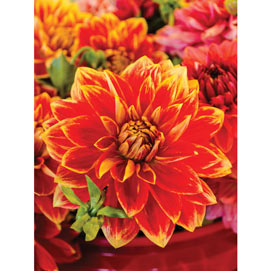 Dahlia 300 Large Piece Jigsaw Puzzle
Dahlia 300 Large Piece Jigsaw Puzzle
 Shop At Home 500 Piece Jigsaw Puzzle
Shop At Home 500 Piece Jigsaw Puzzle

 Memory Lane 4-in-1 Multi-Pack 500 Piece Puzzle Set
Memory Lane 4-in-1 Multi-Pack 500 Piece Puzzle Set
 Country Nostalgia 4-in-1 Multi-Pack 300 Large Piece Puzzle Set
Country Nostalgia 4-in-1 Multi-Pack 300 Large Piece Puzzle Set

 The Flying Dutchman two 300 Large Piece Jigsaw Puzzle
The Flying Dutchman two 300 Large Piece Jigsaw Puzzle
 Cats On A Bench 500 Piece Jigsaw Puzzle
Cats On A Bench 500 Piece Jigsaw Puzzle

 The Bearister's Mansion 1000 Piece Jigsaw Puzzle
The Bearister's Mansion 1000 Piece Jigsaw Puzzle
 Springtime On The Range 1000 Piece Jigsaw Puzzle
Springtime On The Range 1000 Piece Jigsaw Puzzle
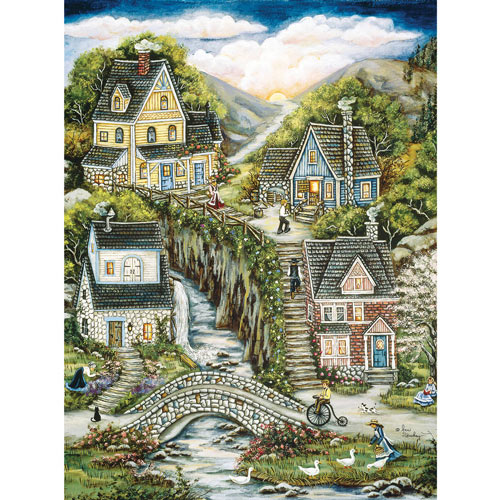
 Spring Mill 300 Large Piece Jigsaw Puzzle
Spring Mill 300 Large Piece Jigsaw Puzzle
 Spring Mill 1000 Piece Jigsaw Puzzle
Spring Mill 1000 Piece Jigsaw Puzzle

 Jumbo Puzzle Plateau 1500
Jumbo Puzzle Plateau 1500
 Jigsaw Puzzle Pad - Large
Jigsaw Puzzle Pad - Large

 Currency Vault Money Holder
Currency Vault Money Holder
 Glitter Nail Art Pen Set
Glitter Nail Art Pen Set
 Silk Merchant Ship 3D Wooden Puzzle
Silk Merchant Ship 3D Wooden Puzzle
 X Marks the Spot Wooden Puzzle Brainteaser
X Marks the Spot Wooden Puzzle Brainteaser
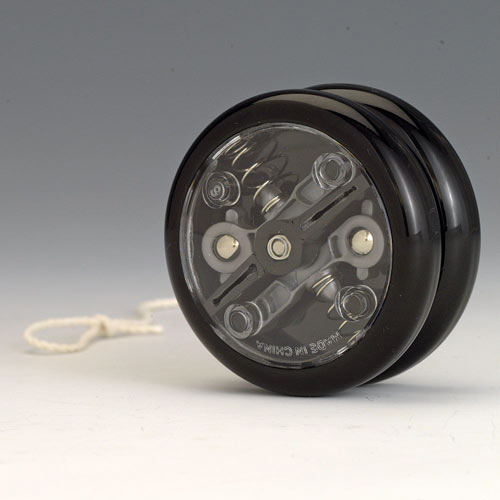
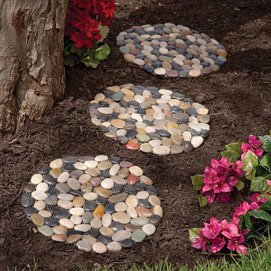 Round River Stone Stepping Stones - Set of 3
Round River Stone Stepping Stones - Set of 3
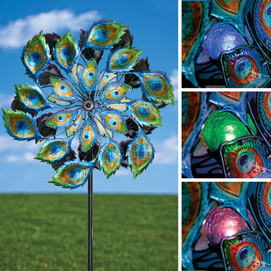 Peacock Solar LED Wind Spinner
Peacock Solar LED Wind Spinner

 Family Puzzle Board
Family Puzzle Board
 Color & Frame - Nature
Color & Frame - Nature






